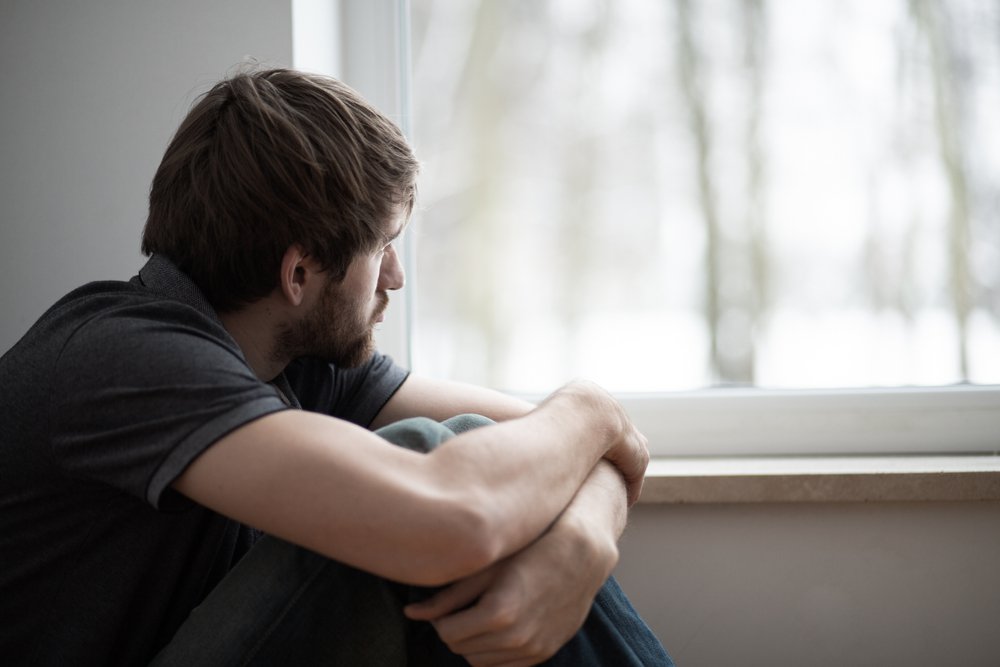 The impairment that comes with Social anxiety disorder (SAD) can be described as a pervasive, all-encompassing, and often invisible cycle. It touches deeply on multiple aspects of one’s life. With this type of untreated fear, you can be sure to suffer in a way that does not welcome peace or healing. You can find multitudes of literature speaking to the importance of healthy social relationships nowadays, but when SAD is in the picture those relationships can be hard to come by.
The impairment that comes with Social anxiety disorder (SAD) can be described as a pervasive, all-encompassing, and often invisible cycle. It touches deeply on multiple aspects of one’s life. With this type of untreated fear, you can be sure to suffer in a way that does not welcome peace or healing. You can find multitudes of literature speaking to the importance of healthy social relationships nowadays, but when SAD is in the picture those relationships can be hard to come by.
When you compare individuals with SAD to those without, you’ll find that those with SAD are more likely to drop out of school, have lower educational attainment, hold jobs below their level of qualification, have lower income, and be unemployed and even when employed they miss 8 times more work days. People with SAD typically report a lower quality of life and I can certainly see why. In addition, they are more likely to attempt suicide and are more likely to have a dependence on alcohol and nicotine (Asher, Asnaani, & Aderka, 2017). The negative health economic and functional consequences are quite significant, to say the least. And how exactly does this all begin? The fear of social situations paired with avoidance is to blame here folks. According to The Diagnostic and Statistical Manual of Mental Disorders (5th ed.; DSM–5; American Psychiatric Association, 2013), SAD is characterized by a marked and persistent fear of one or more social situations or performance activities in which the person is exposed to unfamiliar people or where they may face possible scrutiny by others (American Psychiatric Association, 2013). Some examples include giving a speech, meeting new people, eating or drinking in front of others, or simply having a conversation. Anything that involves being observed can fit here. The more these situations are avoided or even faced with intense distress, the stronger the fear becomes. Treatment is simple, although not easy. Thankfully, treatment in the form of CBT is highly effective, allowing people to face these situations with greater confidence.
One question that stands in the background regarding presentation and treatment involves gender differences. Are there gender differences in SAD? If so, what does this mean for treatment? There is little research in this area, but here is what we know so far; The DSM-5 reports females with SAD report more social fears and have comorbid depression, bipolar and anxiety disorders while males exhibit more fear of dating and oppositional defiant disorder, conduct disorder, and use alcohol and illicit drugs for symptom relief. Trouble using the bathroom around others is more common in males. In general, the prevalence of SAD is higher for females and this is more pronounced in adolescence (American Psychiatric Association, 2013). Although women are more likely to have SAD, men with this disorder are more likely to seek treatment. However, women typically seek treatment more than men for other disorders. Some findings have pointed to fewer women with SAD compared to men with the disorder being employed and are less likely to be employed on a full-time basis (American Psychiatric Association, 2013).
These findings must be taken into consideration along with the client’s history, social structure, thinking patterns, strengths, and challenges to cater treatment to their specific needs. However, distinctions from gender could benefit treatment but there is not enough research in this area to uphold strong evidence. Learning more about gender differences in SAD could help with clinical assessment, diagnosis, and choice of exposures ultimately increasing successful treatment outcomes. CBT is the gold-standard treatment for social anxiety for men and women alike. Early data that treatment protocols that incorporate social mishap exposures show a significantly greater effect than traditional CBT protocols (Fang, Sawyer, Asnaani, Hofmann, 2013). This could indicate the importance of behavioral techniques in the treatment of social anxiety.
If you have further questions about gender differences in the treatment of Social anxiety disorder or exposure-based CBT, join us for this webinar Exposure Based CBT for Social Anxiety Disorder by clicking the link or calling 724-609-5002.
If you are seeking treatment for Social anxiety disorder, we would love help. Call 724-609-5002 for more information or fill out a new patient inquiry here.

